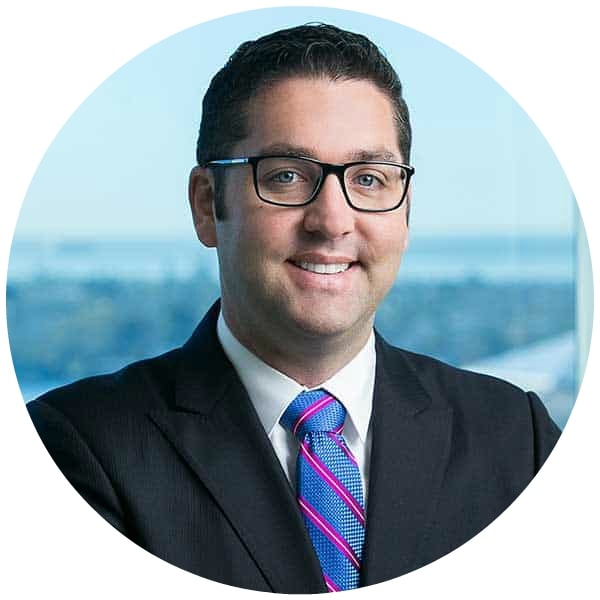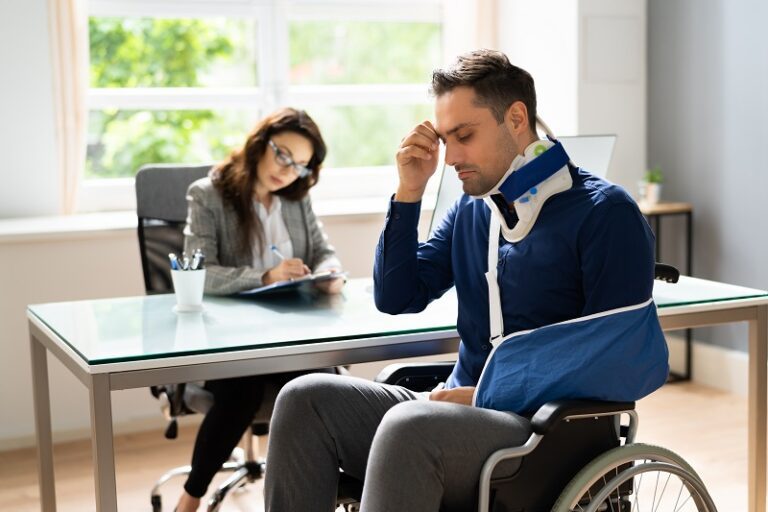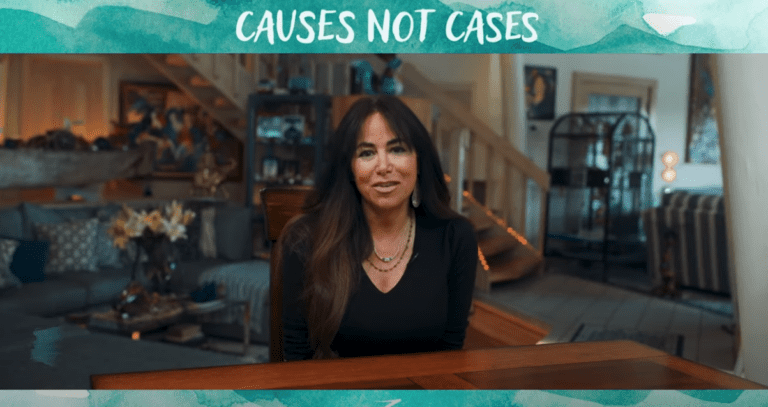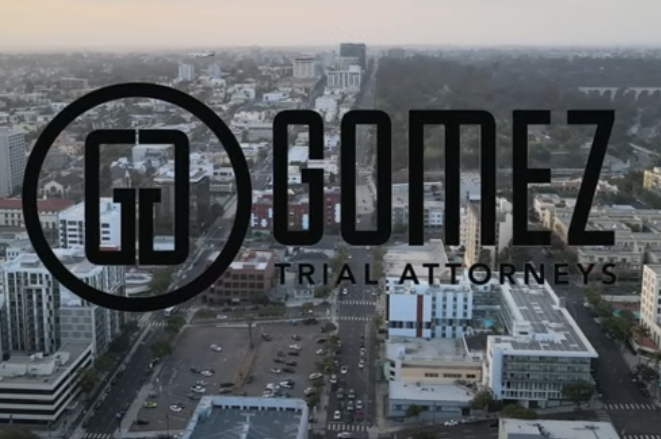No one questions that organized sports help children develop confidence, sportsmanship, and other enduring skills. Those who promote the lifelong benefits of organized sports must also acknowledge that sports-related head injuries produce lifelong effects as well.
Concussions are a major concern for young athletes who play football, soccer, and sports where players collide during the game. Some players with head injuries experience ongoing physical, cognitive, and emotional impairments.
In recent years, medical experts, teams, and governing organizations have accepted that concussions are a major medical threat to young athletes. Players wear protective gear, of course, but it takes more than that to minimize the potential for harm. If you or a loved one have been a victim of a head injury speak with the brain injury attorneys at the Gomez firm.
[lwptoc]
Concussions Signs and Symptoms Aren’t Always Easy to Identify

Parents who cheer their children from the sidelines understand that injuries are often a big part of the organized sports experience. When young athletes sustain fractures, strains, and sprains, the signs are usually obvious. If a child limps or can’t move without pain, it’s an easy decision to pull them from the game and seek the required medical treatment. No one expects a child to play while wearing a cast, walking on crutches, or showing visible signs of injury and recovery.
Concussion don’t always present visible symptoms like a fracture or sprain, so players, coaches, officials, and even parents often overlook them. When a young athlete sustains a head trauma during practice and feels light-headed or dizzy, they won’t necessarily recognize it as a brain injury. That’s often when sports culture traditions kick in. For the sake of the game and sometimes to please others, athletes reject the idea they were injured. When asked if they are injured, saying they’re “okay” is often the path of least resistance, and it may feel like the tough thing to do. It means being a team player and making the coach and family members proud. Most importantly, it means getting back in the game.
When There’s No Visible Injury
When coaches don’t recognize the signs of a concussion, they often allow players to continue playing. Unfortunately, when a player has a concussion, letting him back in the game presents an added danger. Continued play often worsens or reinjures an existing brain injury and disrupts critical recovery time. A pattern of reinjuries without time to recuperate sometimes causes cumulative brain damage and lifelong health concerns. Medical specialists have determined that sustaining these patterns sometimes causes severe and disabling conditions such as chronic traumatic encephalopathy (CTE).
Coaches can only change this dynamic when they learn more about concussions and follow established injury protocols. Despite a young athlete’s enthusiasm for getting back into the game, a coach has a responsibility to watch for concussion’s observable cues.
- Short term memory issues
- Dazed or stunned demeanor
- Confusion with a coach’s instructions and details about the game
- Clumsy movements
- Slow responses to questions
- Any loss of consciousness
- Changes in mood, behavior, or personality
Coaches must understand the causes and symptoms of brain injuries and know which questions to ask. When they suspect an injury, they must follow the proper protocol.
The Coach’s Role
As coaches are a young athlete’s first line of defense against sports-related injuries, they must step back from traditions that focus on winning only. Coaches must undergo training and learn injury protocols. They must willingly err on the side of safety, and accept that winning the game is not the only important thing. They have a duty to keep young players as safe as possible.
When coaches fail to make player health a priority, they help create a toxic environment for the children in their care. While action during the game can cause a young athlete’s injuries, the coach’s actions off the field determine what happens next. A coach can either pull a player from the game or allow them to continue playing. Considering the power a coach has over a young player’s safety, they must also accept the responsibility. When a child sustains further injury due to a coach’s failure to follow proper protocol, the coach and the school or the sports organization are responsible for those negligent actions.
California’s Youth Sports Concussion Protocol
While young athletes focus on becoming skilled players, sports organizations must follow the protocols that help keep them safe. As coaches are usually the primary adult supervisors on the sidelines during practice and gameplay, that responsibility often rests on their shoulders. When coaches ignore the protocols and choose winning over safety, they help maintain a longstanding sports culture. Youthful athletes learn to ignore their injuries and concussions go undetected and untreated.
Under California’s youth sports concussion protocols, a child’s “okay” self-diagnosis doesn’t terminate a coach’s responsibility. When a child is injured during a game, officials must observe them and look for concussion symptoms. If they suspect a concussion or other head injury, they must restrict a young athlete’s play. If warranted, they must also take immediate steps to provide medical attention.
The youth sports concussion protocols are included in the California Health and Safety Code, Part 2, Article 2.5, Youth Sports Concussion and Sudden Cardiac Arrest Prevention Protocols. The California Legislature amended the statute to include cardiac arrest protocols, effective January 1, 2020.
Article 2.5 establishes mandatory head injury rules for organizations with youth sports programs:
- When someone suspects that an athlete has a concussion or head injury, the sports organization must remove the child from the game.
- The child cannot return to play until a healthcare provider examines and clears them.
- When a player receives a concussion diagnosis or other head injury diagnosis, he or she must complete a graduated, medically supervised return-to-play protocol that lasts a minimum of seven days.
- If an organization removes a child under 17 years old from a game due to a concussion, it must notify the parents or guardians of the date, time, symptoms, and any treatments.
- Each year the organization must provide a concussion and head injury information sheet to each athlete. Before participating in a sports program, the athlete or his or her parents or guardian must sign and return the sheet.
- Annually, youth sports organizations must offer concussion or head injury education or materials to coaches, administrators, referees, umpires, and other game officials.
- Each game official must complete concussion and head injury prevention education before supervising any athletes.
Concussions Are Serious
As the Centers for Disease Control and Prevention explains, “all concussions are serious.” Even a “mild” concussion can threaten a child’s life, so it requires medical attention. The protocols recognize that coaches and other officials must learn to recognize the signs, pull the child from play, and seek medical intervention. That doesn’t always happen in the middle of a big game or during a critical practice session.
When a young athlete feels dizziness or a “fuzzy” feeling, the symptoms often get lost amid cheering crowds and excited teammates. If the child has a concussion and the coach doesn’t recognize that something’s wrong, getting back into the game often worsens the injury. When coaches follow post-concussion protocols, it changes the dynamic that sometimes allows repeated head injuries to degrade into conditions such as chronic traumatic encephalopathy.
A Concussion Is a Traumatic Brain Injury
A concussion is a type of traumatic brain injury that’s often sustained during organized sporting events and practices. A head bump, blow or jolt can jar the brain within the skull. The resultant chemical and physical changes can cause:
- Headaches or pressure
- Nausea or vomiting
- Dizziness, blurred vision
- Light and noise sensitivity
- Fuzziness or grogginess
- Confusion and memory issues
Concussions are always serious matters, and an injured athlete’s prognosis isn’t always predictable. Concussion symptoms, however, require removal from play and adequate recuperation. In some cases, new symptoms arise within hours, days, or weeks of an injury. Some concussions cause temporary or permanent emotional, psychological, and cognitive issues.
Children and Traumatic Brain Injuries
The Centers for Disease Control and Prevention’s report to Congress, The Management of Traumatic Brain Injury in Children, explains that young children have the highest rates of emergency TBI treatment of any other group. Brain injuries also affect young children differently because their systems aren’t yet fully formed. Any type of brain injury has the potential to alter a child’s development and change the way they learn, think, and behave. Some problems aren’t always immediately identifiable as they emerge over time.
During a seven-year nationwide childhood TBI study, the CDC documented these surprising statistics.
- Approximately 283,000 children visit emergency rooms each year with TBIs due to sports and recreation activities.
- 45 percent of the children with TBIs sustained their injuries while participating in contact sports.
- Football, basketball, and soccer were among the activities with the highest TBI-related E.R. visits.
- Males between ages 10 to 14 and 15 to 17 sustained TBIs more frequently than other groups.
- Children who participate in any sports or recreational activities are at risk for traumatic brain injuries, especially those involving “collisions among athletes.”
Changing the Culture of Youth Sports
In 1950, UCLA football coach Red Sanders cemented the idea of American sports culture with his declaration, “Winning isn’t everything; it’s the only thing.” Youth sports culture epitomizes this longstanding belief. It promotes the idea of winning the game no matter the cost. Children who play organized sports often learn sports culture through interactions with parents, coaches, spectators, and teammates.
When young athletes commit their time and energy to a sport, playing is a priority. They want to play, whether it’s in a championship game, a weekly scrimmage, or a practice session. When winning is the goal, children receive the message that every effort is important. It’s an attitude that persists even if the child sustains an injury.
Sports culture drives a player’s dedication and sense of achievement. Youthful athletes hear their parents, friends, and relatives shouting from the stands. They see their teammates working hard to gain victory. They witness their coach’s enthusiasm for winning, and it drives them to contribute to the winning team. If a young athlete comes out of a rough play feeling dizzy or light-headed, sports culture inspires them to shake it off or fake it because it’s not about them—it’s all about not letting anyone down.
Rethinking Concussion Culture
The CDC Report, Concussion at Play, Opportunities to Shape the Culture Around Concussions, discusses how sports culture discourages children from reporting concussions. They identified three key issues.
- Kids don’t report their symptoms, especially during a big game.
- Young players with head injuries aren’t usually removed from a game and continue playing with symptoms.
- Players return to play too soon after their injuries.
Identifying Culture Issues
The CDC’s concussion culture report explains that children need to feel comfortable enough to report a possible concussion. That doesn’t happen when a coach sends negative messages about injuries or uses insults to motivate players to keep playing. Children feel comfortable reporting injuries only when their coach gives them positive messages about reporting their symptoms.
The CDC found that of the 800 athletes interviewed during a play season, 69 percent admitted to playing with possible concussion symptoms, and 40 percent of their coaches didn’t know they had a possible concussion.
- The child didn’t realize that concussions were serious.
- They were worried about losing their place on the team.
- They didn’t want to disappoint the team or the coach.
- They worried about their future chances and what people would think of them.
Organizations like Safe Kids Worldwide and the Centers for Disease Control and Prevention’s Heads Up Initiative are working to change the way sports organizations respond to concussions and other head injuries. They encourage young athletes, coaches, and parents to understand that recognizing head injuries and seeking medical help are more important than winning the game.
How Can a Brain Injury Attorney Help You?
When your child sustains a sports-related concussion, a brain injury attorney may help you understand and protect your rights. Sports-related brain injury cases are legally complicated. California courts continue to address the liability issues. The medical issues are complex as well. Public and private schools sponsor many sports, and make their liability harder to contest.
That’s why you need to connect with a legal representative who has the resources and experience to work with brain-injured clients. During your initial meeting with a brain injury lawyer, you don’t have to make a commitment. You simply share your story and discuss your legal options. In most cases, there is no fee for an initial legal consultation.







